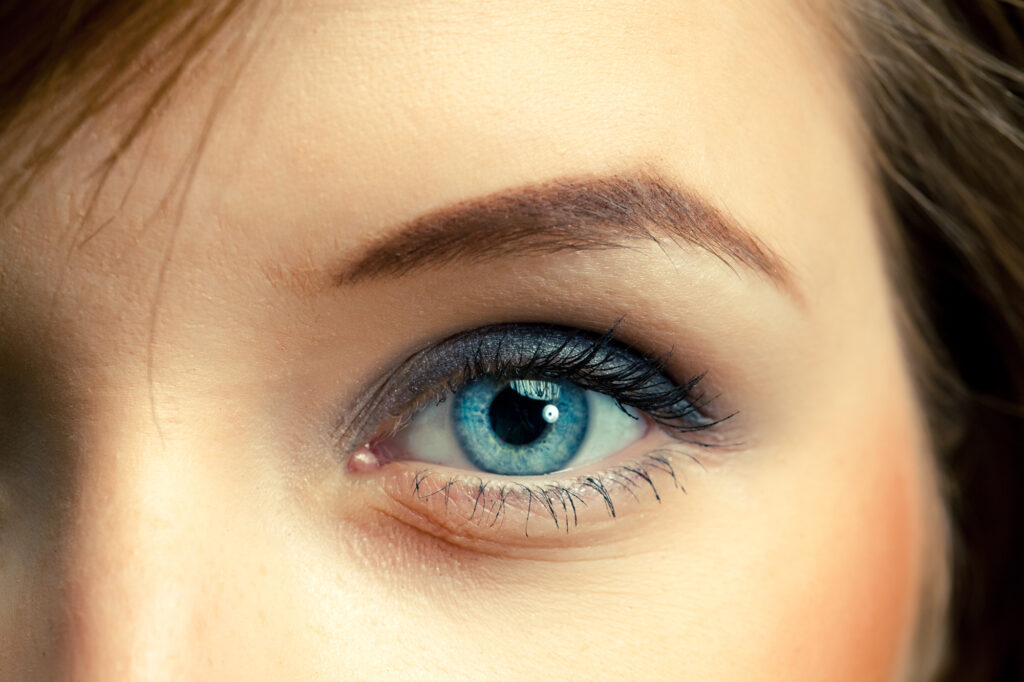Lutein, zeaxanthin, and astaxanthin are antioxidant carotenoids best known for their powerful eye-protective benefits. Now researchers believe this synergistic combo also helps improve eye-hand coordination after visual display terminal (VDT) use, according to a randomized, placebo-controlled study in the journal Nutrients.
VDT operation can impair eye-hand coordination and smooth-pursuit eye movement, interfering with daily activities and diminishing quality of life. Currently, there are no effective therapies; however, there is evidence that foods high in lutein, zeaxanthin, and astaxanthin help boost eye health in VDT operators. So, researchers wanted to know if this trio of carotenoids could ward off impairment of eye-hand coordination and smooth-pursuit eye movement resulting from VDT operation.
Study Details
Researchers recruited healthy subjects who worked regularly with VDTs and randomly assigned them to either an active or placebo group. Participants took capsules containing 10 mg lutein, 2 mg zeaxanthin, and 6 mg astaxanthin or placebo capsules daily for eight weeks. Throughout the study, the research team examined the subjects eye-hand coordination, smooth-pursuit eye movements, and macular pigment optical density (MPOD).
After eight weeks, those in the active group experienced significant improvements in eye-hand coordination after VDT operation; the carotenoid capsules were not shown to affect smooth-pursuit eye movements. However, participants in the active group had significant increases in MPOD levels. While the density changes over time and varies among people, high MPOD levels are indicative of eye and vision health.
“Lutein and zeaxanthin absorb the blue light that VDT exposes to the retinal macula. According to a previous study, the consumption of lutein and zeaxanthin increases contrast sensitivity in healthy subjects with VDT use. Additionally, lutein and zeaxanthin have been reported to be present not only in the retina but also in the visual and motor cortices, which influence visual–motor responses,” write the study authors. “Astaxanthin consumption has been shown to significantly improve musculoskeletal symptoms, such as shoulder and back stiffness, in VDT operators. Therefore, we believe that astaxanthin may improve eye-hand coordination after VDT operation by improving accommodative, oculomotor, and physical functions.”
Conclusion
The major finding of the present study was that VDT operation temporarily impaired the eye-hand coordination and smooth-pursuit eye movements, and astaxanthin, lutein, and zeaxanthin improved eye-hand coordination impaired by VDT operation. This finding supports the hypothesis that dietary supplementation with astaxanthin, lutein, and zeaxanthin is of benefit in preventing eye-hand coordination impairment caused by VDT. VDT operation has been reported to lead to continuous tension of the ciliary muscle because the time spent looking closely at a terminal is long, leading to a decrease in the amplitude of accommodation. In addition, VDT operation induces a decline in oculomotor function through extraocular muscle strain. Therefore, we theorize that temporary eye-hand coordination and smooth-pursuit eye movement impaired by VDT operation may be attributed to a decline in accommodation and oculomotor function.






